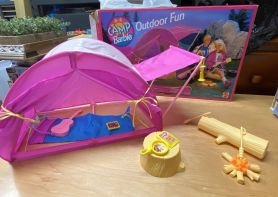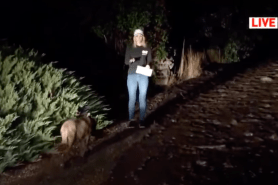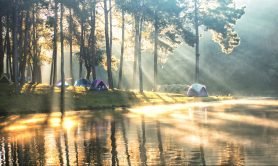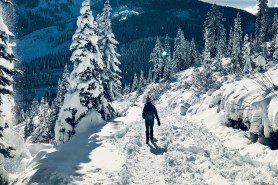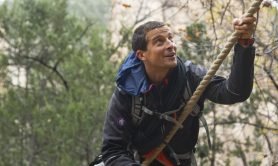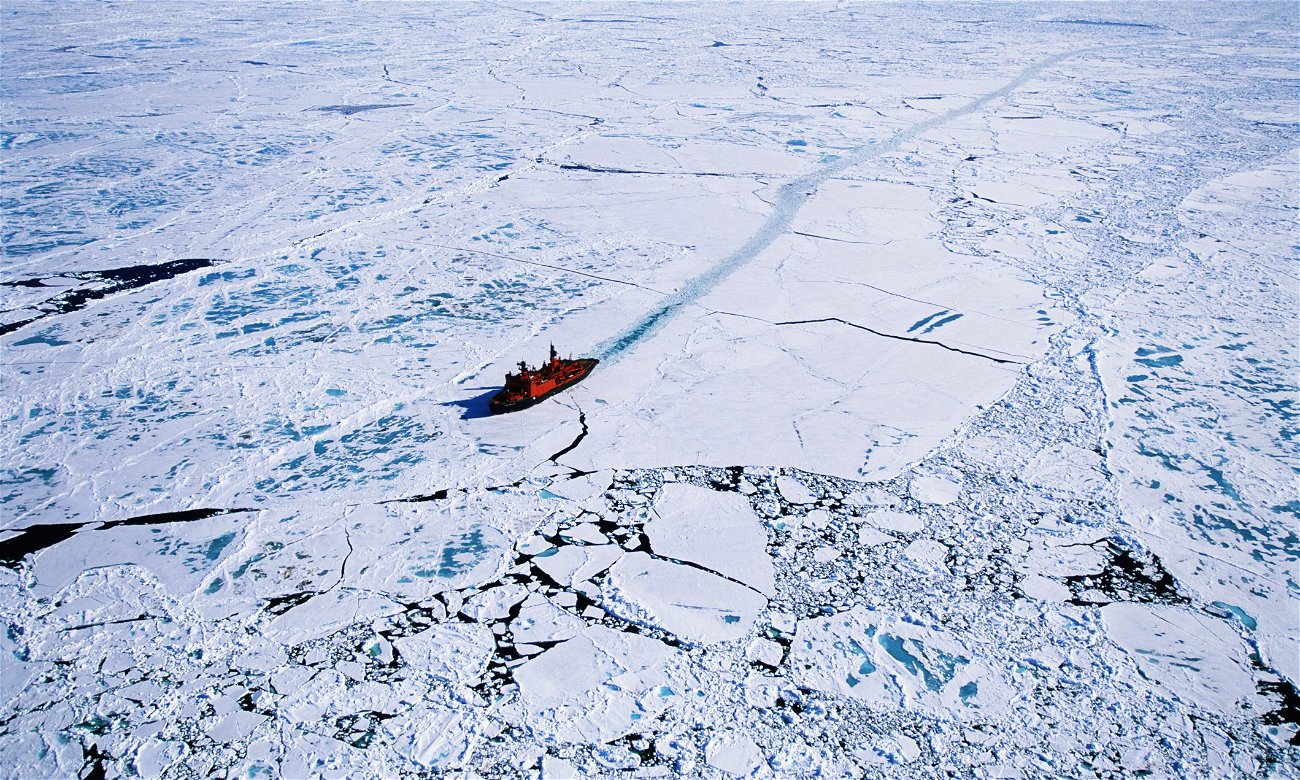

Bear Grylls has spent much time in the polar regions, having conducted expeditions in both the Arctic and Antarctica. As a survivalist, he knows that snow and ice always makes navigation and movement more hazardous. In polar regions, the basic skills of navigation can be even more challenging, with landscapes that can have few features, and the magnetic poles affecting compasses.
That’s not to mention the temperatures.
“Cold itself will slow down the mental processes required to make effective decisions regarding direction, while the body itself may not function with the same efficiency as in warmer climes,” says Bear in Born Survivor.
He always advises that you have a solid plan before leaving a shelter and setting off through the mountains or across a featureless polar landscape.

Use the sun for cardinal directions
Navigating in the polar regions can be frustrating—even if you have a compass, as you are so near the magnetic poles that it can become useless.
For accuracy, the sun is the best bet—when it is shining. Bear explains how he uses the basic principles of solar navigation in Born Survivor: The Earth takes 24 hours to revolve 360 degrees, one hour to revolve 15 degrees, and four minutes to revolve one degree.
We know that the sun will be roughly in the east at 6 A.M. as it rises from the east and your shadow in the west. At noon in the Arctic, the sun will be in the south and your shadow will be pointing directly north (this is the reverse in the Antarctic). Then at 6 P.M. the sun will be in the west and your shadow will be in the east.
If we know that the sun moves 15 degrees in one hour, you should always know your general direction. For example, at 3 P.M., your shadow will be pointing northeast in the Arctic (45 degrees) and southwest in the Antarctic.
If you are at the extreme east or west of the polar regions, some adjustments will be needed to this.
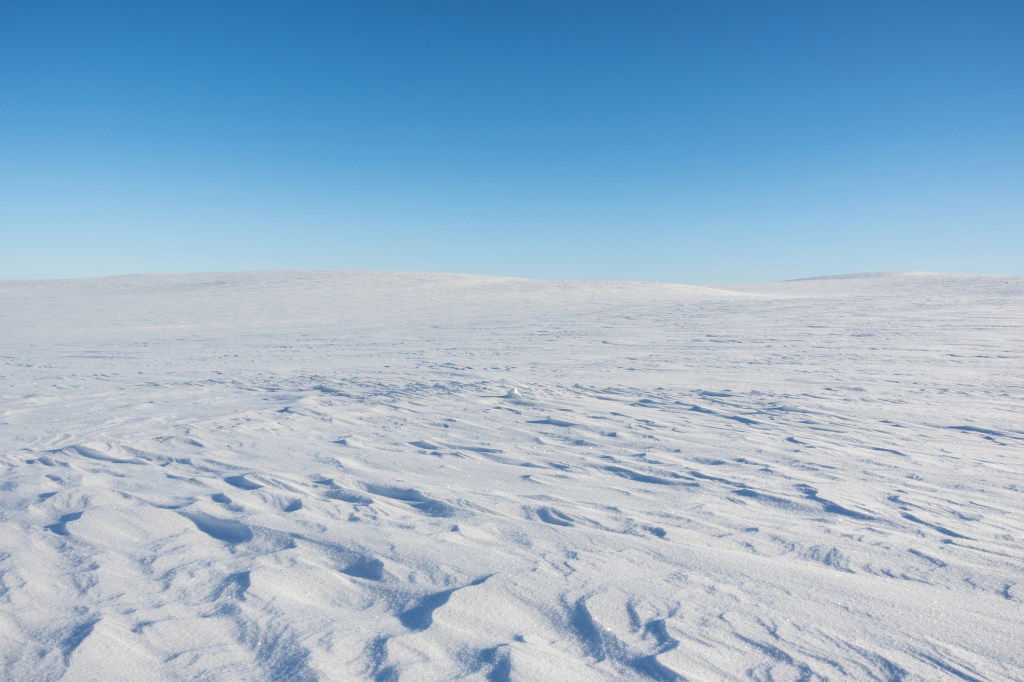
Always move in a straight line
“Once you are orientated, try not to ruin it by deviating from your chosen direction,” says Bear. “This means being sure you are walking in a straight line, which, in a white-out or blank featureless ice vista, can be harder than you might think.”
One way to tell this is to use the patterns on snow or sand. When wind blows across snow or sand, it leaves behind corrugated wrinkles called sastrugi patterns. As the prevailing wind is usually constant, these harden into recognizable features, so when you’re sure you have orientated yourself correctly, note the angle at which you are walking relative to the sastrugi. Then keep that angle constant as you move forward.
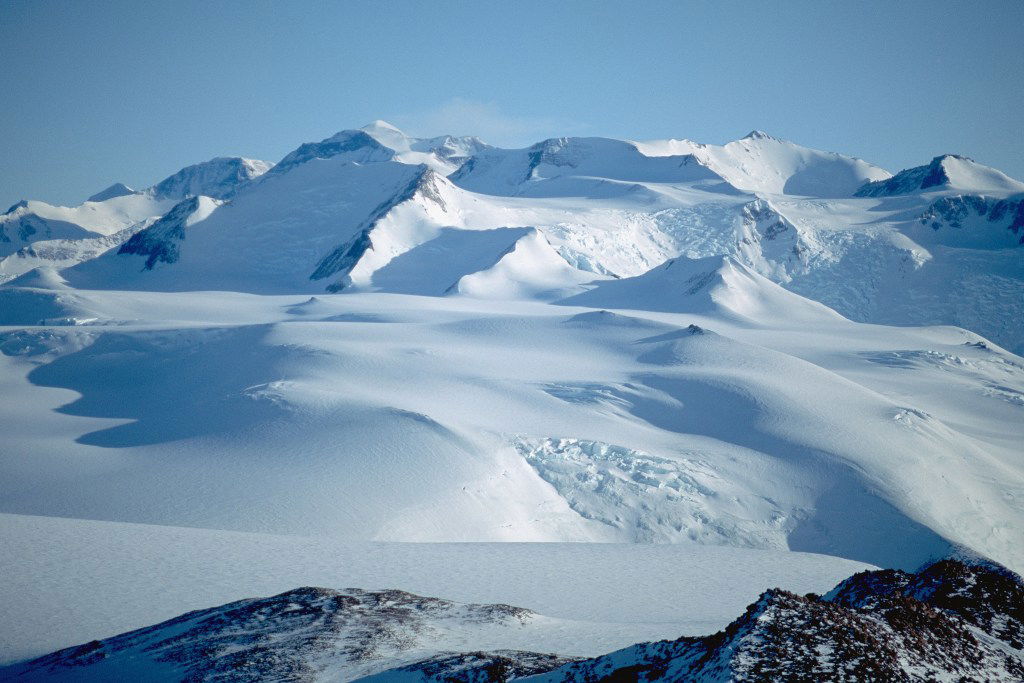
Use rocks for orientation
You can also orientate yourself from the way that rocks lie on glaciers. The shadow from the rocks shields the ice from solar radiation, so over a period of time, the ice around them melts, leaving the rock perched on its own little platform.
In the Antarctic, the sunlight comes predominantly from the north, so the rock will often fall that way. Don’t make a decision based on the position of one fallen rock, but if others nearby have fallen the same way, it’s likely they will all be pointing north.
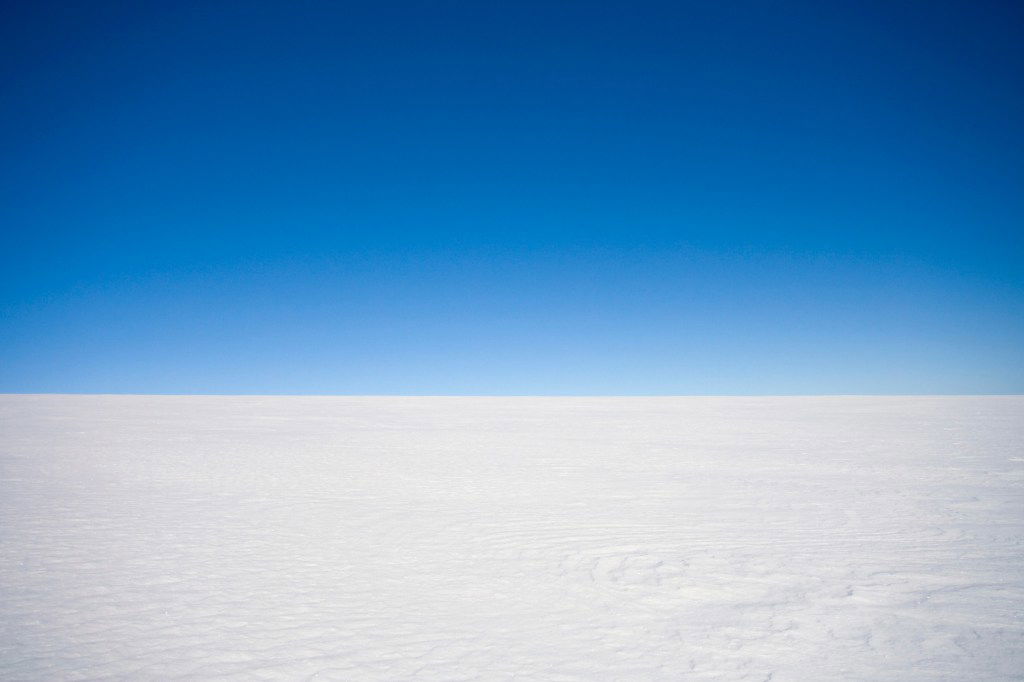
Understand the differences in the Arctic vs. Antarctic
It is often easier to navigate in the Arctic than the Antarctic. This is because of the topography of the landscape; the Arctic usually has more identifiable features due to the sea ice being constantly flexed and bowed into ice ridges and rubble heaps.
Ice moving over the surface of the water is disorientating. “Before you leave your shelter, orientate yourself with any recognizable surrounding features from the highest viewpoint you can find,” says Bear. “If a rubble pile is near, this may give you a vantage point which will be very useful.”
A vantage point can also help you to see hazards ahead. When you have decided on a direction to go in, use a feature to follow on the far horizon.
In the Antarctic, on the other hand, during the summer the sun shines around three out of four days so solar navigation is easier than using a compass.

Finally, in either region, Bear advises that you move as early in the day as possible—before the sun has warmed up potential avalanche slopes and coverings over crevasses.




